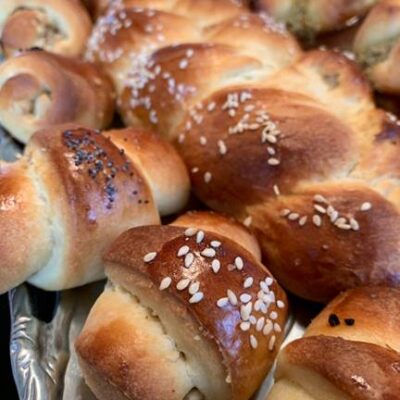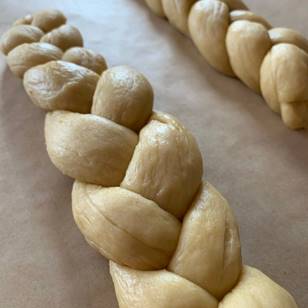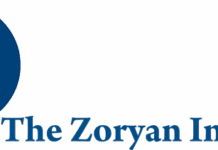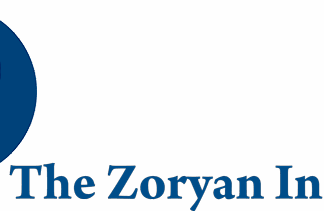This traditional Armenian chorek is rich and scrumptious. Its sweet, enticing aroma lingers in the kitchen for days. It’s truly heavenly.
This chorek recipe is featured at Cafe Osharak by Noune, a talented and creative Armenian food blogger. “In my blog, you will find globally-inspired dishes, with an emphasis on Armenian and Italian cuisine. ‘Osharak’ is an Armenian word that means ‘the nectar of the fruit,’ typically known as a drink which is refreshing, satisfying, energizing and colorful. I am an Armenian native, living in Colorado, married to an Italian from New York. Most of my recipes are heirlooms of both our families that became staples and true favorites.
“Cafe Osharak is where I can be harmonious with myself, where I can write what I am passionate about, and what excites and completes me.”
“The food I make and write about is created with love, it’s made from scratch with fresh, wholesome ingredients, and seasoned with an array of herbs and spices. Even though I don’t follow any particular diet path, I am inclined towards Mediterranean food choices, where vegetarian dishes are paired with whole grains and legumes, and occasionally with some fish and meat on the side. Whether it’s a weeknight meal or a special occasion, I like to serve and style with visual appeal. I am a baker and love to express my passion through celebratory cakes, breads and fine pastries, too. Follow me on my journey,” she adds.
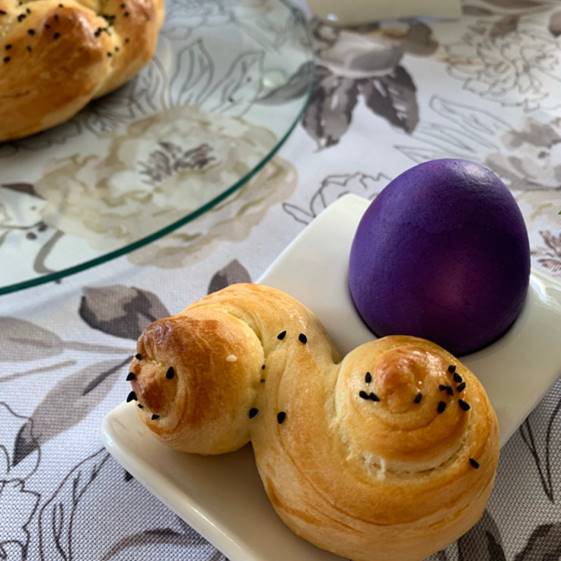
“Today I am baking chorek, traditional Armenian Easter Bread. My aunt Victoria, who we call Viki, always makes chorek and gives it away as gifts at Easter. This recipe was passed down to me, and I am pleased to share it with my readers. As a young girl I made this recipe with my mother. She would give us a piece of dough and we would shape them into flowers, letters, birds, or most of the time, some abstract figures. My mother would make braids and roulades filled with walnuts or apricot preserves, sprinkled with poppy or sesame seeds,” she says.
“The aroma of the baked chorek is sweet and enticing, and it lingers in the kitchen for days. It penetrated into all the nooks and crannies of my senses and became engraved in my memory. Recently, I came across an article which had an excerpt from an autobiographical book, entitled, My Grandmother: An Armenian-Turkish Memoir by Fethiye Cetin and translated by Maureen Freely. The book is about her grandmother, one of the many Armenian women who were forced to become Muslims to survive and escape the death march during the horrendous events of the Armenian Genocide of 1915-1922.”



